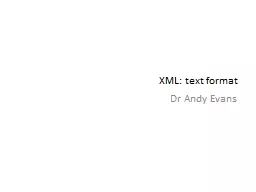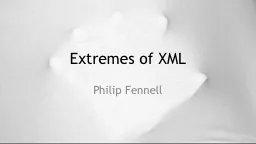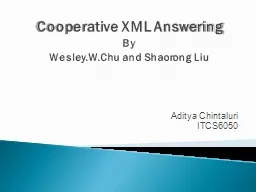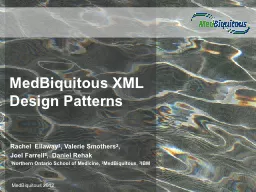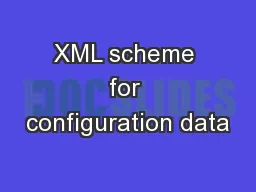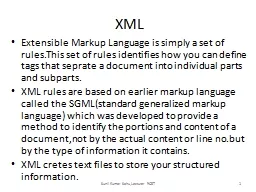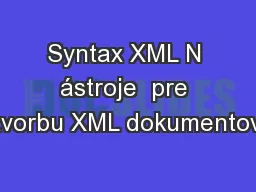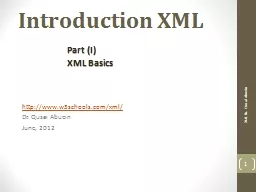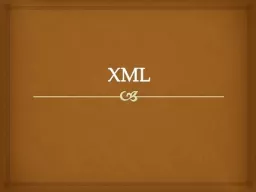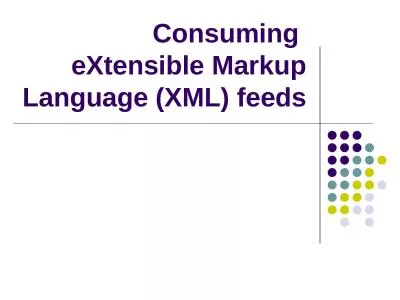PPT-XML: text format
Author : briana-ranney | Published Date : 2016-05-09
Dr Andy Evans Textbased data formats As data space has become cheaper people have moved away from binary data formats Text easier to understand for humans coders
Presentation Embed Code
Download Presentation
Download Presentation The PPT/PDF document "XML: text format" is the property of its rightful owner. Permission is granted to download and print the materials on this website for personal, non-commercial use only, and to display it on your personal computer provided you do not modify the materials and that you retain all copyright notices contained in the materials. By downloading content from our website, you accept the terms of this agreement.
XML: text format: Transcript
Download Rules Of Document
"XML: text format"The content belongs to its owner. You may download and print it for personal use, without modification, and keep all copyright notices. By downloading, you agree to these terms.
Related Documents

